
Jesus killed 2,000 pigs. God sent a woman back into slavery
Tens of thousands of confirmands in Norway will receive a completely new edition of the Bible this year. Many of the old stories do not align well with the values we hold dear today.
In the centuries following Jesus' death, Christians used and read a variety of texts. Some were centuries old, like the Five Books of Moses, while others were newer accounts about Jesus and his followers.
During the 4th century, church leaders convened to determine which texts were the most valuable and truthful. The result became the Bible. Some texts were deemed unwanted or unnecessary and were not included.
“This process is called canonization. The collection of texts was closed, and no new texts would be added,” says Anne Katrine de Hemmer Gudme. She is a professor at the University of Oslo’s Faculty of Theology.
However, different denominations have made adjustments. Martin Luther dropped eight books. The Book of Judith, for instance, is no longer included in the Protestant Bible but remains in the Catholic and the Orthodox versions.
Exorcism and dead pigs
Words and expressions have been adjusted in new translations from Hebrew and Greek. The language has been modernised, but otherwise, today's Bibles have the same texts that were approved in the 4th century.
But not all verses and texts are actively used or preached. Some of them lead a quiet life in the Bible and are not brought up in church, school, or confirmation classes.
An example is the story of Jesus, the demons, and the pigs.
One day, Jesus meets a man with serious problems. It appears as an acute mental crisis. In the Bible, the man's behaviour is explained by him being possessed by evil spirits. Jesus negotiates with the demons. They want to survive; Jesus wants them to leave the man. It ends with Jesus sending the spirits into a large herd of pigs. Things end tragically for the 2,000 pigs. They run off a cliff, fall into the sea, and drown. The possessed man, on the other hand, is healed.
Those who tended the pigs were reasonably shocked.
Miraculous healing
The story of the pigs is told in three out of four Gospels but is rarely brought up today.
“This is exorcism on a large scale,” says Gudme.
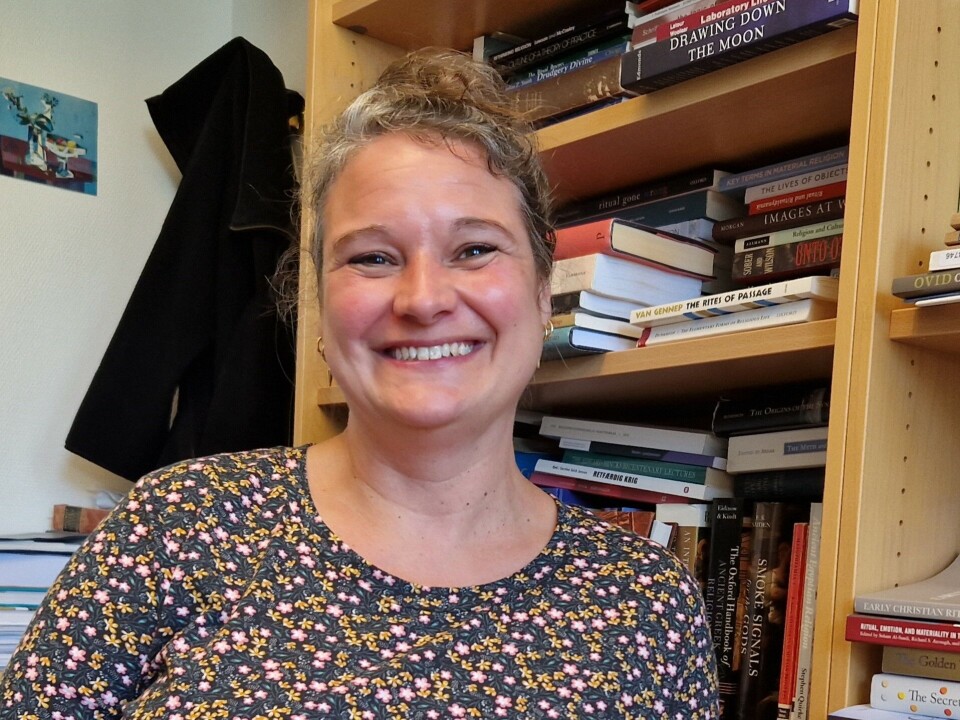
The Gospels in the New Testament contain many stories of Jesus healing the sick, often by placing a hand on them. However, in about ten stories, Jesus expels evil spirits from the afflicted.
Most viewed
Exorcisms are not accepted among Christians in Norway today, nor is the belief that evil forces cause illness.
“This diagnosis fits the worldview of the New Testament. If someone behaved strangely, they were considered possessed by demons. So, when Jesus cast out the spirits, it was seen as a miraculous healing, similar to how he cured blindness and disabilities,” says Gudme.
“The authors of the New Testament wanted to demonstrate that Jesus was the real deal, not a false prophet, that he had special powers and divine authority.”
Jesus – a different kind of exorcist
“The story describes a spirit world that seems strange to us today,” says Bendik Vollebæk. He is a priest and project manager for the new confirmand Bible from the Norwegian Bible Society.
He believes the story should be compared to accounts of other exorcists in the New Testament. They performed exorcisms for money and status.

“Other exorcists frightened people and often blamed the parents or the possessed person. In contrast, Jesus didn’t charge for exorcisms. He addressed the fear and shame associated with possession,” says Vollebæk.
In children’s Bibles from various publishers, the stories about demons are omitted.
The uplifting stories
What we do hear about in church and school are the stories where Jesus walks on water, turns water into wine, and feeds thousands of people with five loaves and two fish.
“We highlight the beautiful and pleasant texts that present a god we like and can relate to. Mass pig killings and fighting with demons don’t fit into this image,” says Gudme.
She thinks it is a shame that the more problematic texts in the Bible are not brought up and discussed.
“These texts tell us an incredible amount about the time when they were written. Instead of ignoring them, we should try to understand what they can tell us that might be useful today,” she says.
Don't eat figs!
Another overlooked story is when Jesus curses a fig tree. He was hungry but found no ripe figs on the tree. Jesus then declared, "No one will ever again eat your fruit!”
There are numerous Bible verses about food that have shaped dietary rules for believers. However, this story about the fig tree has not led to any dietary restrictions for Christians.
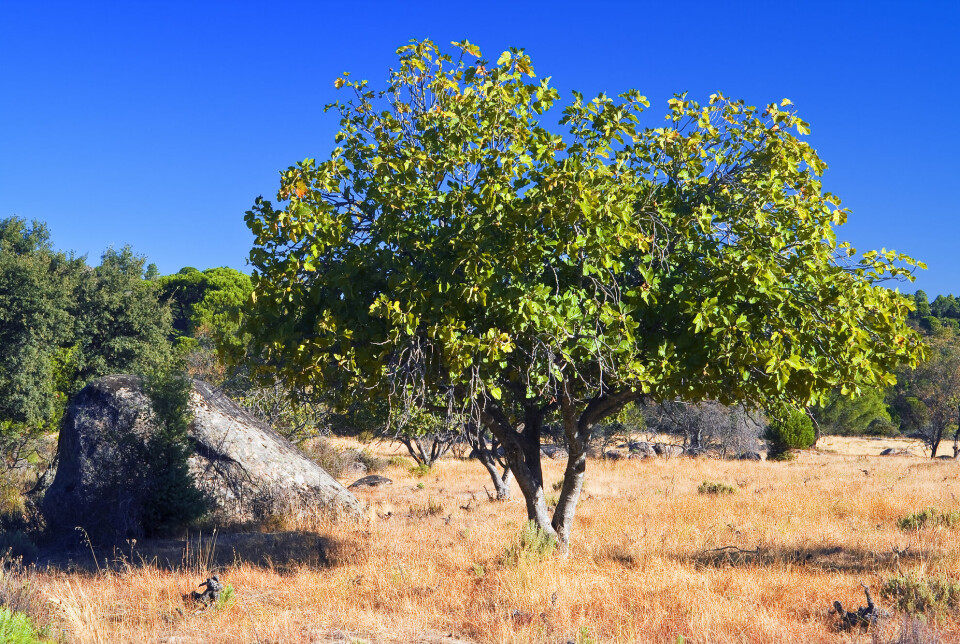
“This curse is difficult to understand, but I believe it’s connected to the people's and the leaders' rejection of Jesus. The tree is a symbol of the people,” says Vollebæk.
Another difficult example is the story of Hagar.
A terrible story
Abraham is the patriarch of Judaism, Islam, and Christianity. He receives a promise from God that his descendants and lineage will have great power and significance.
The problem is that Abraham and his wife, Sarah, do not have any children.
Sarah solves this by sending Abraham to bed with the Egyptian woman Hagar, who is their slave. Hagar becomes pregnant, but new problems arise.
Sarah feels that Hagar looks down on her. Abraham tells Sarah that she can punish Hagar as she wishes. It gets so bad that Hagar runs away.
She manages to escape, but then an angel appears, sent from God. The angel asks Hagar to return to her life as a slave. She must submit to humiliation.
“This is an absolutely terrible story from Hagar's perspective. She is a slave, owned by someone else. She doesn’t have the right to decide over her own body but is given to an old man who impregnates her,” says Gudme.
Despite this, Gudme finds the story of Hagar interesting.
Is surrogacy okay?
“There are many values here that we don’t share today. But the story can be used to discuss fertility and surrogate mothers. Is it reasonable to ask other people to use their bodies for payment to achieve our own goal of having children? Even though this is an ancient text, it’s directly relevant to issues we face today,” says Gudme.
The most important thing in Old Testament times was to continue the lineage and have sons.
“Women had value only as mothers. There are many patriarchal ideas in the Bible, but here it becomes very clear. The story of Hagar provides a basis for good discussions about both the Bible's and our own worldview and view on humanity,” says Gudme.
The positive side of Hagar’s story
At the back of the new Norwegian confirmation Bible, there are resource pages with tips and advice. Here, several of the Bible's youths are also presented.
“We have included the slightly strange, macabre stories that are not told in Sunday school,” says Bendik Vollebæk.
Hagar is one of these youths. But slavery, poor treatment, and surrogacy are not mentioned.
The text talks about what happens with Hagar later. She returned to Abraham and Sarah but was driven away when the couple had their own child.
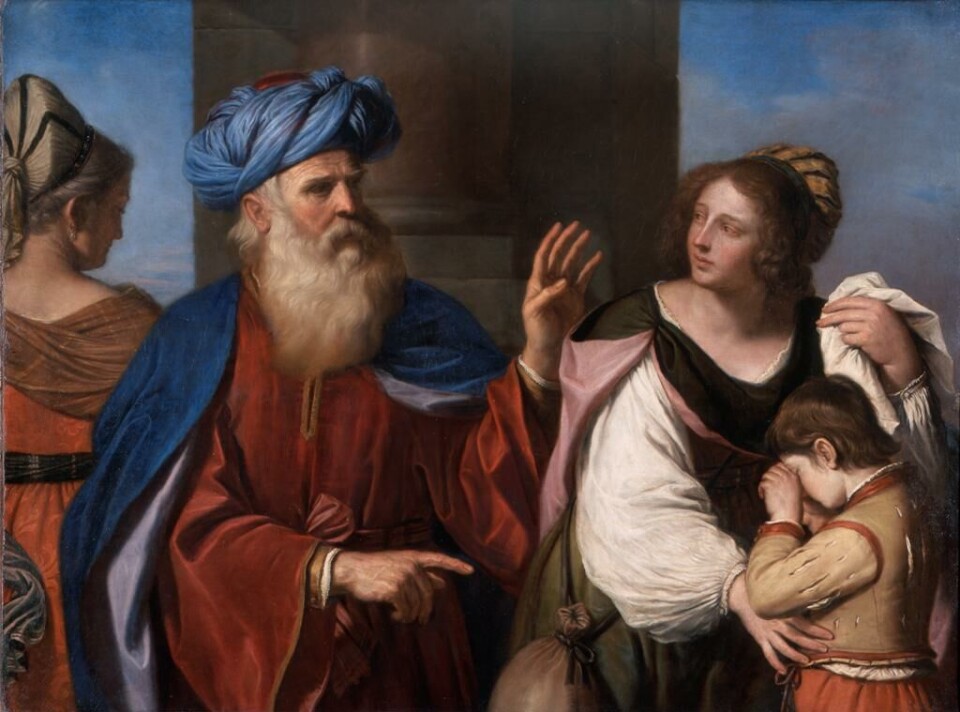
Out in the desert, Hagar and her child nearly die of thirst. God provides water and promises Hagar a large family.
“Life was obviously very different for the people in the Bible compared to youth in 2024, but we have tried to highlight universal human experiences that they can relate to,” says Vollebæk.
He believes Hagar's story can also be seen as a positive one. She faces difficulties, but God provides her with water and a future.
“That’s why we recommend reading the Bible together. The stories have many layers and can be interpreted in various ways,” says Vollebæk.
Everything is included
Helene Fagervik, a senior adviser at the Norwegian Bible Society, explains that they publish the Bible with the goal of making it accessible in a language people understand. This is why new translations and editions are regularly released, most recently in March this year.
All editions, whether for confirmands, schools, or congregations, are complete. All texts are included. There has never been any consideration of omitting the most difficult stories, even those that seem foreign to modern readers.
“No, if we started to tamper with the texts, we would lose trust. We are responsible for preserving the entirety of the Bible,” she says.
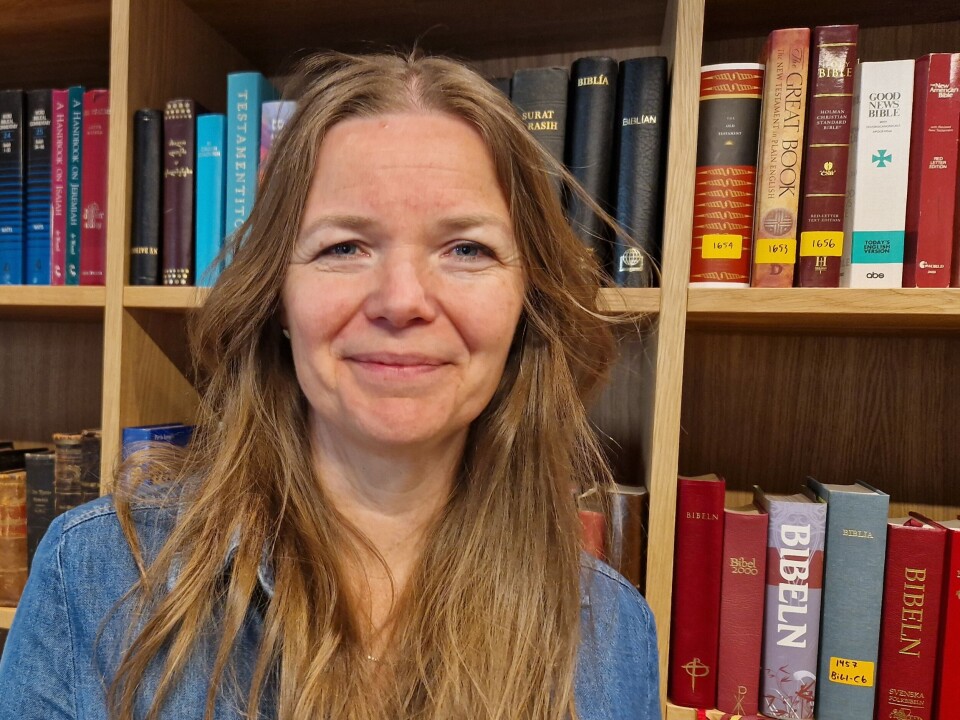
Should the Old Testament be dropped?
Throughout history, there have been several attempts to edit the Bible.
Marcion was an important figure in the Christian movement around 100 years after Jesus. He wanted to discard the entire Old Testament but ended up being expelled from the movement himself.
Many have wanted to combine the four Gospels into a single narrative. The reason is that they contradict each other on several points, such as what Jesus' last words were.
“It’s been decided that it’s valuable to have four stories with different perspectives, even though it can be awkward to have conflicting versions of events,” says Bendik Vollebæk.
Plague actually means something else
A common way to address the difficult aspects of the Bible is to read it allegorically. This means interpreting things as symbols of something else. For instance, when God sent a plague, it was actually spiritual afflictions, not a physical disease.
This method of reading has a long history in the church and is a lifeline out of difficult texts, Magnar Kartveit writes in the book Gud, pest og plage (God, pest, and plague).
Even those who claim to read the Bible literally resort to symbolism when the texts become too uncomfortable or do not fit with what they believe, Kartveit writes.
However, this way of reading the Bible has been criticised by both Martin Luther and other theologians. It gives too much leeway to the interpreter.
“When the church has tried to make things easier for itself, it often goes wrong, and there’s usually a backlash. So, we must endure the tension, even though it means that I can’t give the confirmands clear answers,” says Bendik Vollebæk.
A violent fantasy
Another unsettling text is Psalm 137 in the Book of Psalms.
The first verses are used today. They talk about the longing of refugees to return to their homeland.
However, the last verses are not sung, not even by the disco group Boney M. who used the text in their song Rivers of Babylon.

The psalm ends with a desire for brutal revenge: "A blessing on the one who seizes your childrenand smashes them against the rock!"
“It’s not exactly pleasant or uplifting, but rather a violent fantasy,” says Anne Katrine Gudme.
She finds the oldest part of the Bible much more engaging than the newest.
“The Old Testament is excellent for stories. It brings out human emotions in the most fundamental ways: joy, terror, loneliness, rage, revenge, harmony, and happiness. Although much may seem foreign, we can work to highlight its relevance for us today,” says Gudme.
Crush the enemy!
Psalm 58 is filled with the poet’s rage.
David is credited as the author, and he wants to punish his opponents: "God, break their teeth out of their mouths... Like the snail that dissolves into slime.” David wants to wash his feet in the blood of his enemies.
“I don't like conflict and anger, so this is a difficult text for me. But I have met others who find such texts in the Bible therapeutic,” says Bendik Vollebæk.
Anne Katrine Gudme believes we can relate to the psalmist’s thoughts.
“Even today, there are many who want God to intervene on their behalf and harm their opponents. It’s better to discuss whether this is a reasonable desire and what we expect from a god than to pretend the psalm does not exist,” she says.
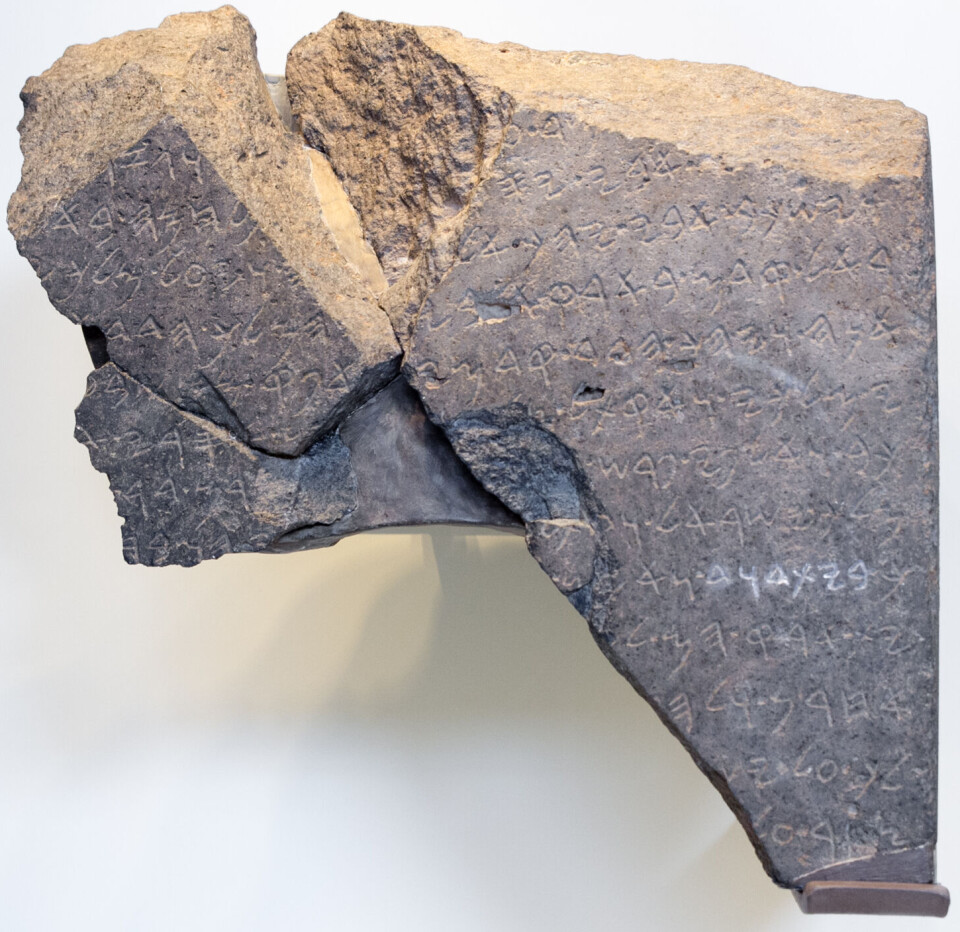
What is difficult?
Gudme uses the problematic texts when teaching theology students.
“It’s better to openly discuss the difficult parts of the Bible than for people to be shocked when they stumble upon them,” she says.
“There are different opinions on what constitutes difficult texts for youth,” says Bendik Vollebæk.
Every confirmed in the church receives a Bible when they begin their instruction. In the past ten years, 300,000 youths have received the book. Most of them are not familiar with the Bible beforehand.
“Today, we have to start from scratch. 20 to 30 years ago, confirmands knew more about the Bible’s texts, including the difficult ones. They would challenge things they felt didn’t make sense,” says Vollebæk.
“Nowadays, young people don't know enough to ask questions.”
The most recent Norwegian version of the Bible can be read online here.
———
Translated by Alette Bjordal Gjellesvik
Read the Norwegian version of this article on forskning.no






































